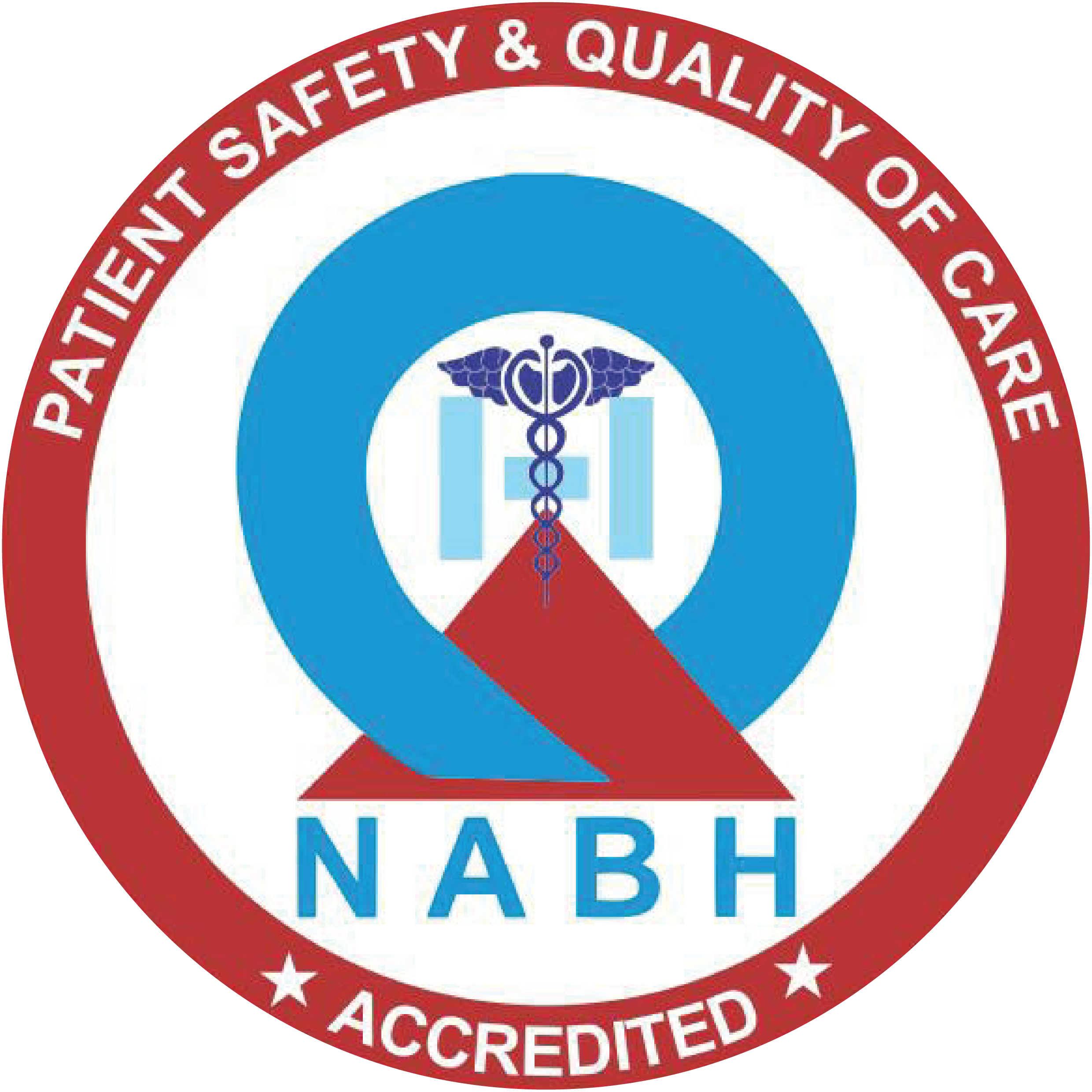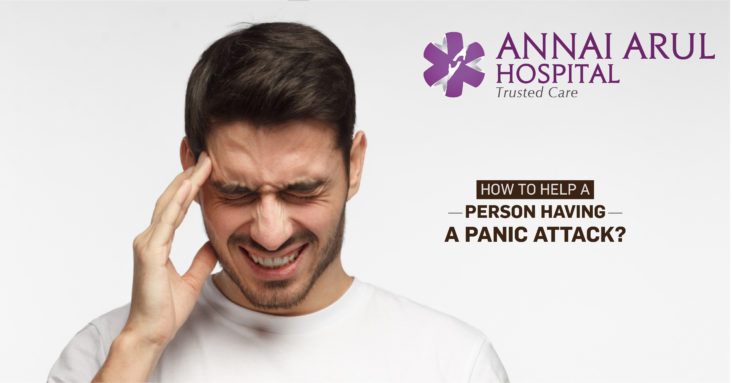A person suddenly stops in their tracks, shows sign of tightness in their chest, feel breathless and have a deep sense of fear and dread. The whole incident will look like a life-threatening emergency, and watching it itself will be terrifying, while you may not know how to respond to it. You are here witnessing a typical panic attack.
Panic attack vs anxiety attack
Even before you learn how to tackle a panic attack you should know the slight difference between a panic attack and an anxiety attack. Quite often people use it interchangably, but in reality they differ.
The marked difference between a panic attack and an anxiety attack is that one happens without a stimulus whereas the other needs a stimulus. A panic attack is sudden and comes out of nowhere, there is no stimulus to start it. Whereas an anxiety attack is produced when there is something that begins it -like the fear of snakes or spiders, of heights or darkness, etc. Though we should note that the physical symptoms for both panic and anxiety attacks are similar and cannot be easily gauged.
Symptoms of a panic attack
Here are some clear-cut symptoms for you to identify a panic attack:
- Racing heart
- Ringing in the ears
- Feeling faint or dizzy
- Tingling or numbness in hands and fingers
- Feeling sweaty or excessively cold
- Suddenly feeling weak in the body
- Feeling nauseated
- Feeling out of control
- Chest constriction and pain
- Difficulty in catching the breath
- Feeling a sense of doom and even death
What happens in a panic attack?
If you need to be of any help to the person suffering a panic attack then it is essential to know what happens in a panic attack. A panic attack usually lasts about 20 minutes. The symptoms peak within 10 minutes of the start of an attack and they begin to subside over the next 10 minutes. Panic attacks can be a frightening sight, emotionally draining, and physically demanding. The only silver lining in the situation is that they are temporary and tend to disappear within 20 minutes.
How to help?
If you are present during a panic attack, you can do much to help ease the loved one’s distress:
- Don’t try to engage the person with soothing banter, remain quite
- Grab a cold towel and press it gently to the person’s forehead
- >Hold the person’s hand or put your hands around the shoulder for reassurance
- Try to reassure them that you will be with them till the attack is over
- If possible offer a glass of water
- You can stay calm in the circumstance and let your loved one see it
- Be with the victim of a panic attack at least for 20 minutes
Remember CAPS
There is an easy way to remember the suggestion given above to help a panic attack victim. It is by memorising the acronym – CAPS, which means Calm, Assurance, Presence and Silence.


